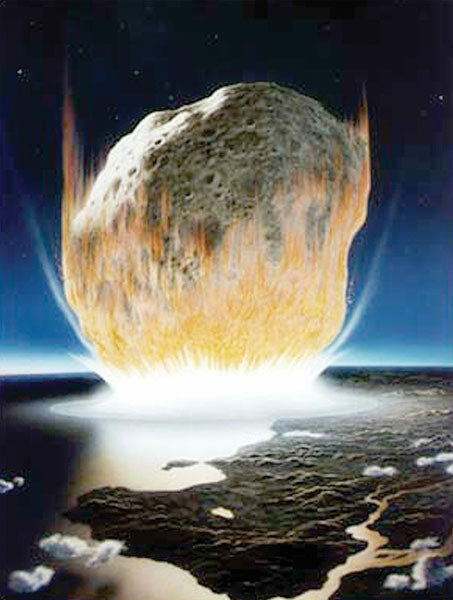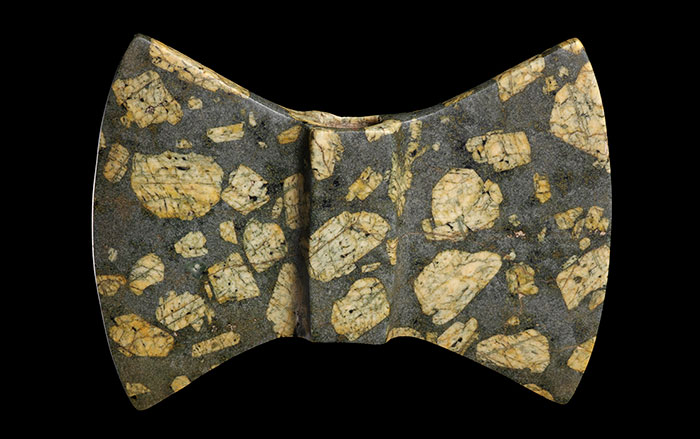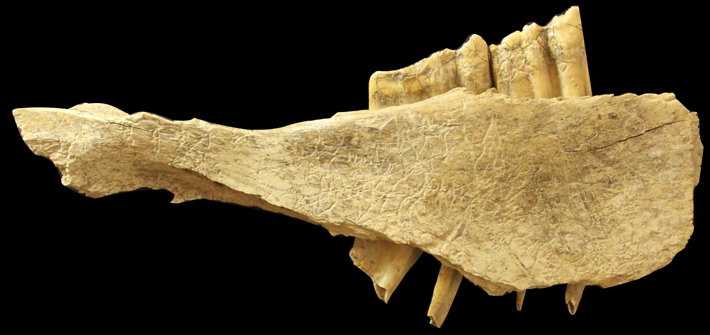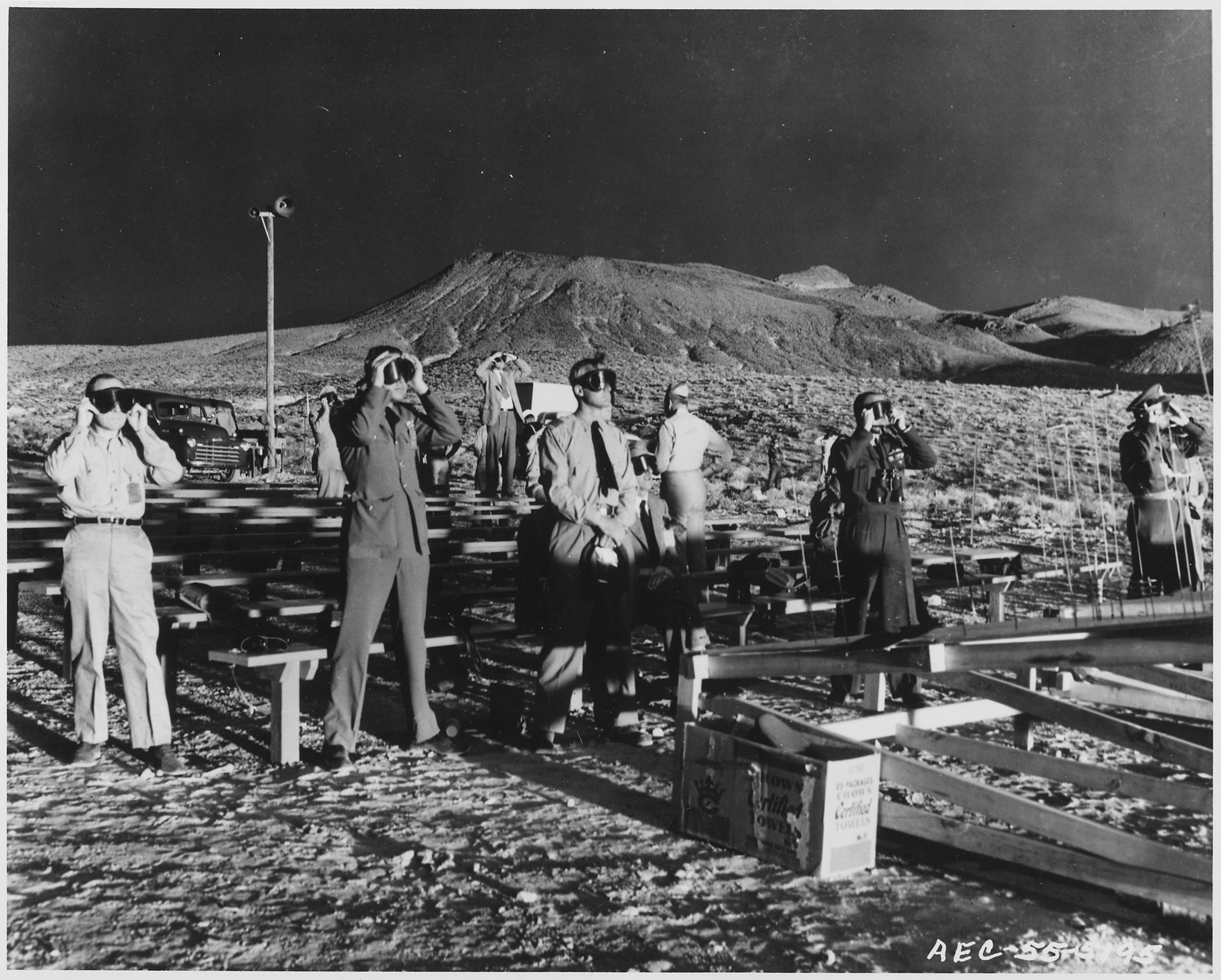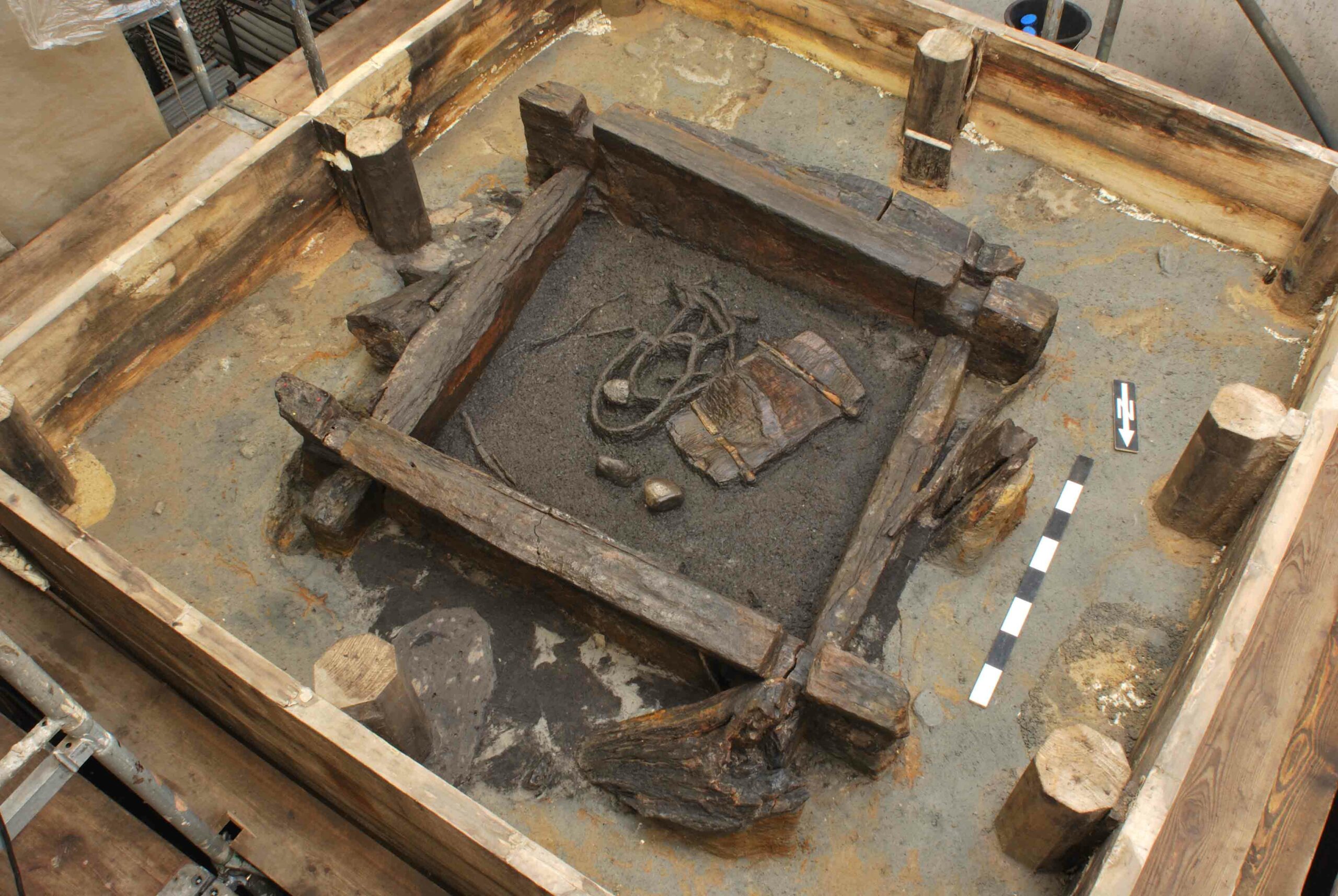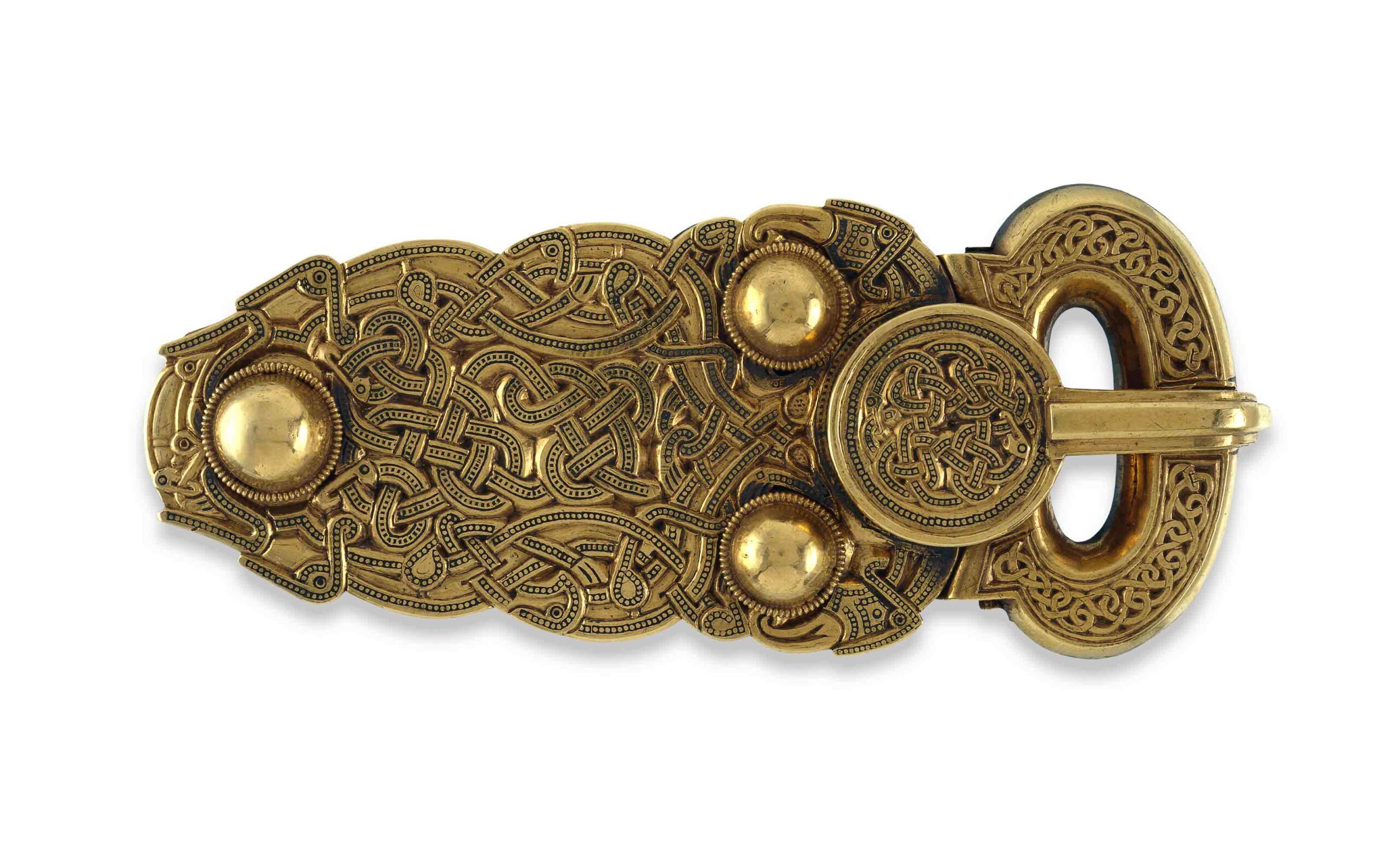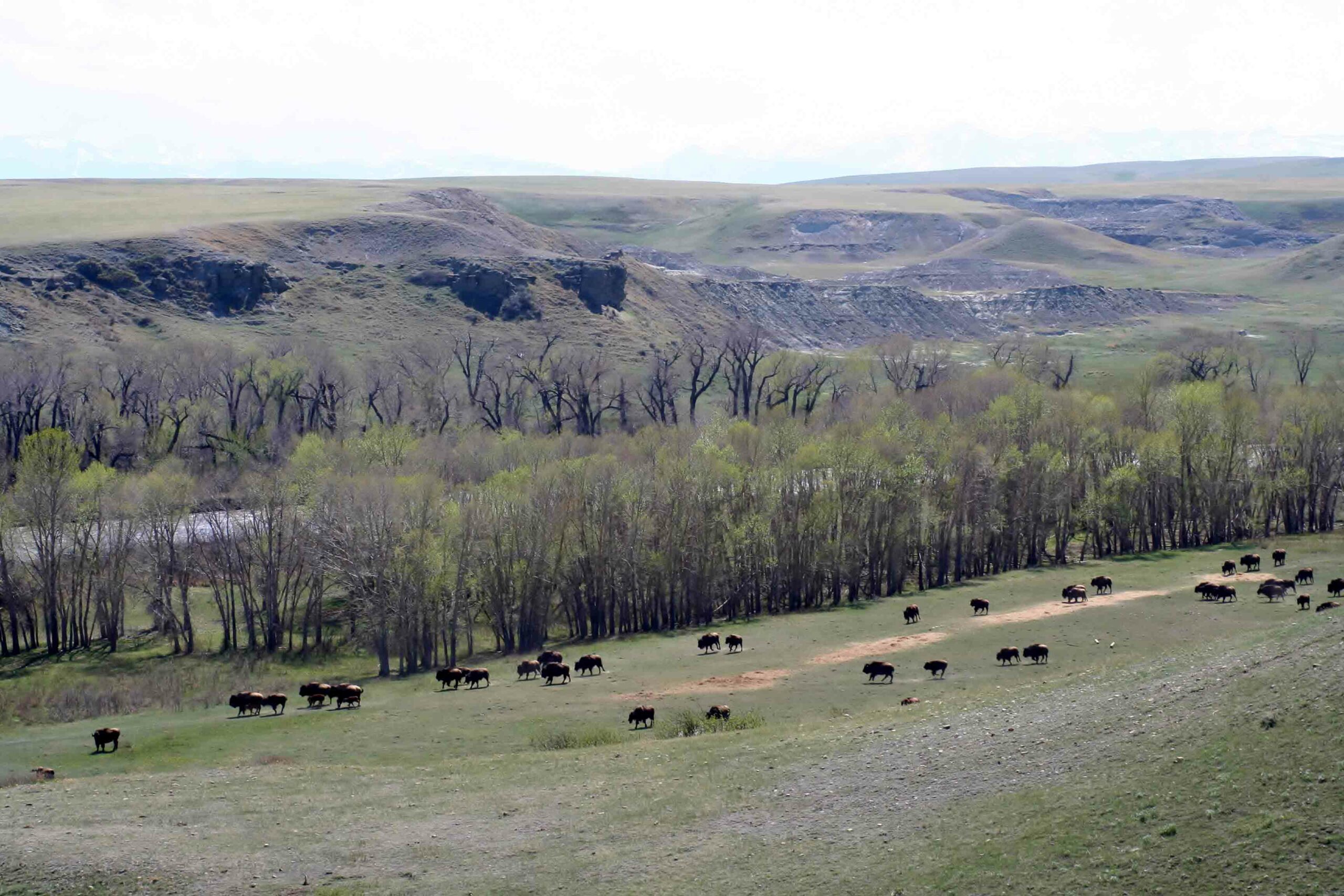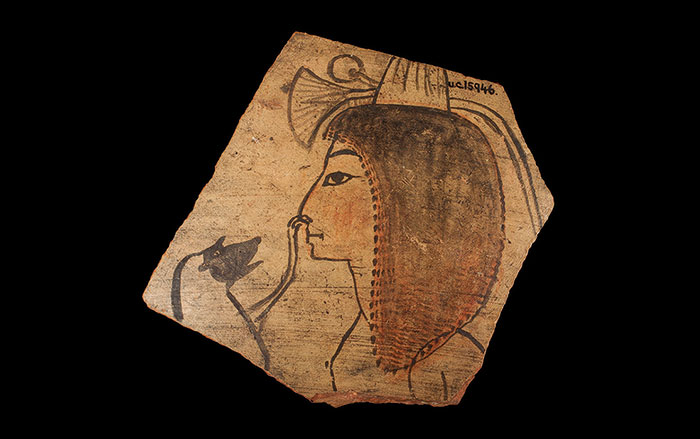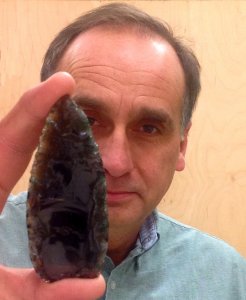
KAMLOOPS, BRITISH COLUMBIA—Karl Hutchings of Thompson Rivers University measured the fractures in hundreds of spear points crafted by the peoples of the Clovis and Folsom cultures and found that some of these weapon tips, made by the earliest-known North Americans, had been subjected to high-velocity, mechanically propelled impacts. This suggests that Paleo-Indians used atlatls, or spear-throwers, for hunting mammoths and other big game. When the point hit the target, the energy of the impact caused the tip to break. “When it breaks, it sends a shock wave through the stone that produces fractures, which are related to the amount and kind of force involved,” Hutchings explained to Live Science. Until now, there had not been any empirical evidence that Paleo-Indians hunted with spear throwers. “We can now be assured that those assumptions were right,” Hutchings said. His research will be published in the Journal of Archaeological Science. To read more about Paleo-Indians, see "America, in the Beginning."


